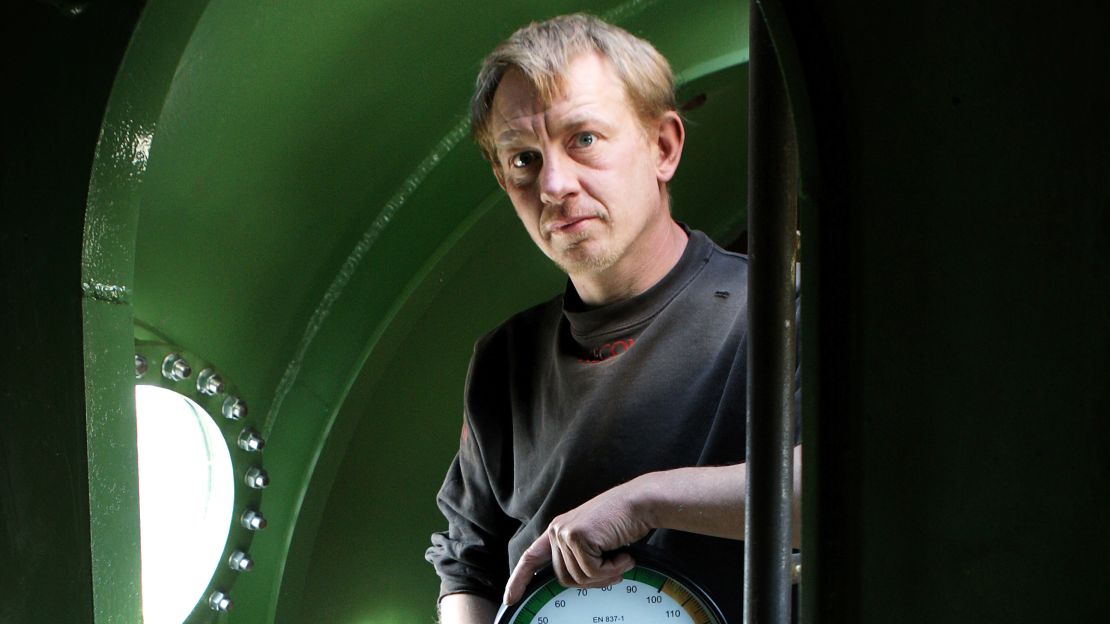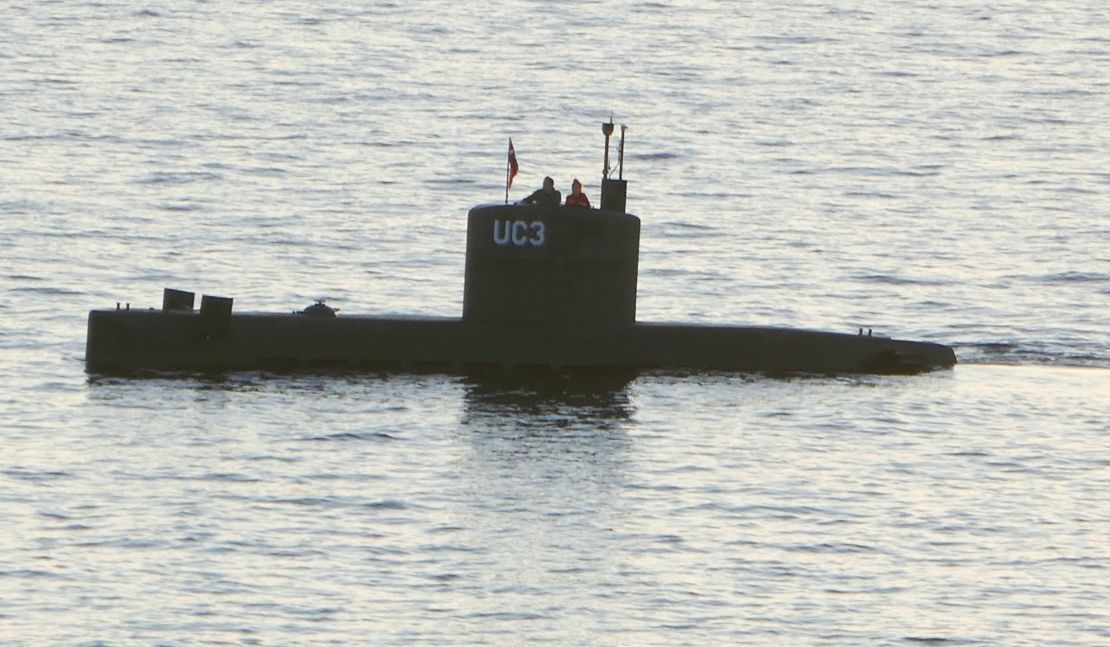Danish inventor Peter Madsen pleaded not guilty to murdering Swedish journalist Kim Wall aboard his submarine last August, but acknowledged dismembering her corpse, as his trial began in Copenhagen on Thursday.
Madsen faces charges of premeditated murder, indecent handling of a corpse and “sexual relations other than intercourse of a particularly dangerous nature,” citing stab wounds inside and outside Wall’s genital area.
Wall, a promising 30-year-old journalist, was last seen after boarding Madsen’s UC3 Nautilus on August 10 last year when she had planned to interview him for an upcoming article.
Instead, according to the indictment, Madsen stabbed Wall multiple times before killing her, cutting off her head, arms and legs, then weighing her body parts down with plastic cable-ties and pipes before tossing them into the sea.
Her torso washed up on August 21 on an island near Copenhagen. Her head and legs were found weeks later.
Madsen takes the stand

Madsen took the stand on Thursday and claimed he had dismembered Wall’s body in a panic after she accidently died of carbon monoxide poisoning.
Madsen told the court that Wall died because of a mistake he made on the submarine which caused dangerous gases to be released inside the vessel, where Wall was.
Madsen claimed he was outside at the time and that the interior pressure prevented the hatches from opening. His account was that he yelled for Wall to shut down the engines, allowing him to re-enter the sub, and at that point, he found her lifeless body.
Madsen explained he did not tell the truth for months in an attempt to spare her family pain.
“I didn’t want to share with the world how Kim Wall died and in particular with her family,” he said.

“As I see it I am now at fault in a serious crime. I expect to be charged with involuntary manslaughter, and I expect to go to prison for a long time, and I know that everything I have worked for since I was a small boy is lost.”
Wall’s last communication – a text message sent to her boyfriend – was also revealed in court Thursday. It read: “I am still alive btw but heading down now! I love you!!!!! He brought coffee and cookies too.”
Evidence against Madsen revealed
On Thursday, prosecutor Jacob Buch-Jepsen told the court that more than 215 witnesses had been questioned while the police had received more than 1,000 tips in relation to Wall’s death.
The court heard that Madsen was questioned the day after Wall vanished. Police found fresh scratches on his arms and dried blood on his left nostril, which was later confirmed to belong to the missing journalist, Buch-Jepsen said.
Madsen, known as “Rocket-Madsen” in Denmark for his eccentric inventions and strong passion for ocean and space travel, originally claimed he had dropped Wall off on land on the night of August 10, according to a police statement.
Later, he claimed she died after he accidentally dropped a 155-pound metal hatch on her head and she fell.

But as authorities continued examining the circumstances surrounding Wall’s death, more damaging evidence against Madsen emerged, leading them to allege that the inventor had prepared for Wall’s murder, bringing a saw, a knife, sharpened screwdrivers and other items to his submarine.
Among other things, the court heard Thursday that divers scouring the seabed last October found a saw with an orange handle, similar to one seen hanging in Madsen’s workshop in footage shot by an international film crew on the same day Wall went aboard the submarine.
After Wall’s disappearance, the saw was no longer present in footage or photographs of the workshop, Buch-Jepsen added.
The prosecutor also revealed Wall’s clothing was found in a bag in the ocean but some of her underwear was located in the submarine.
In the course of the investigation, police also found Madsen had searched the internet for beheadings. Police found videos of torture and real-life executions of women on his computer and hard drives.
A subsequent medical examination concluded Madsen appears to be “perverted and highly-sexually deviant,” and suggested he should be placed in “forvaring” – a type of preventive custody with no time limit.
Madsen has consistently denied the allegations of murder and sexual assault and any knowledge of the videos.
Betina Hald Engmark, Madsen’s attorney, has said it cannot be excluded that her death was an accident and that Madsen did act in a state of panic.
In her opening remarks Thursday, Engmark asked the court to put aside the extensive press coverage of the case.
Wall graduated from Columbia University and the London School of Economics and was based in Beijing and New York. At the time of her death, the journalist’s work had appeared in the New York Times, the Guardian and Time magazine, among other publications.
CNN’s James Masters contributed to this report.





